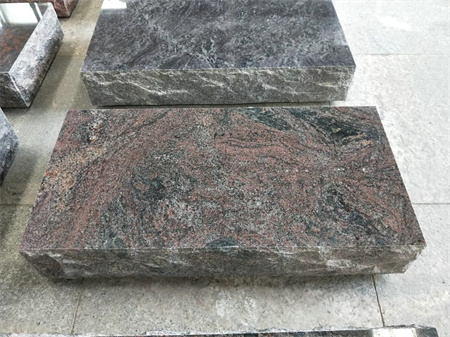Historical Figures Memorialized in Granite Monuments

Historical Figures Memorialized in Granite Monuments

In every corner of the world, granite memorials remind us of the men and women who, through courage, innovation, or sacrifice, left indelible marks on history. These monuments often stand in places of prominence—public squares, government buildings, or parks—where they invite reflection and reverence. The permanence of granite ensures that these figures are not forgotten, their legacies enduring long after the passage of time.
One of the most iconic examples is the Lincoln Memorial in Washington, D.C., where the statue of Abraham Lincoln, seated in a grand stone throne, gazes solemnly over the National Mall. Carved from a blend of white marble and granite, the monument serves as both a tribute to Lincoln’s leadership during the American Civil War and a symbol of the nation’s ideals of freedom and equality. The monumental presence of Lincoln, rendered in granite, conveys strength and stability, qualities that became synonymous with his leadership during one of the country’s most turbulent times.

In Europe, granite also plays a significant role in honoring historical figures. The Winston Churchill Memorial in London’s Westminster Abbey is another prime example. The monument, which features a lifelike bust of Churchill, is crafted from solid granite. It stands as a tribute to the British prime minister who guided the nation through the dark days of World War II. The rough texture of the granite, with its deep-set lines, captures the tenacity and determination for which Churchill is so well known. When standing before it, visitors often recall his resolute speeches and his pivotal role in shaping the outcome of the war.
The role of granite in memorializing historical figures is not limited to statesmen and military leaders. In the arts and sciences, granite monuments also celebrate the contributions of individuals who have shaped human culture. One such monument is the Albert Einstein Memorial in Washington, D.C. Carved from Vermont granite, the statue of the renowned physicist portrays him in a thoughtful, almost pensive posture, as though contemplating the mysteries of the universe. The monument honors his profound contributions to the field of science and his impact on the way we understand the physical world. His image, cast in stone, stands as a reminder that intellectual achievement, like political or military triumph, can leave a lasting imprint on the world.
These granite monuments are not only physical structures; they also act as cultural touchstones. They serve to remind us of the complex legacies of these figures—legacies that can inspire, challenge, and sometimes even provoke reflection. As we stand before these stones, we are not simply looking at a figure frozen in time; we are confronted with the continuing relevance of their actions and ideas. Granite, in all its durability, represents not just the permanence of the memorial, but the persistence of their influence on generations to come.

In a world where history often feels distant and fleeting, these monuments give us a way to pause and connect with the past. Whether it’s the granite tribute to Mahatma Gandhi in New Delhi, which symbolizes his nonviolent struggle for Indian independence, or the Statue of Liberty, which represents ideals of freedom and democracy, these memorials are powerful markers of history. They compel us to consider the values they represent and the lasting impact of the people who dedicated their lives to changing the world.
Granite monuments are not just stone; they are stories carved into time, preserving history for future generations to learn from and honor. As long as these granite memorials stand, they will continue to teach, inspire, and remind us of the enduring legacies of those who shaped our world.